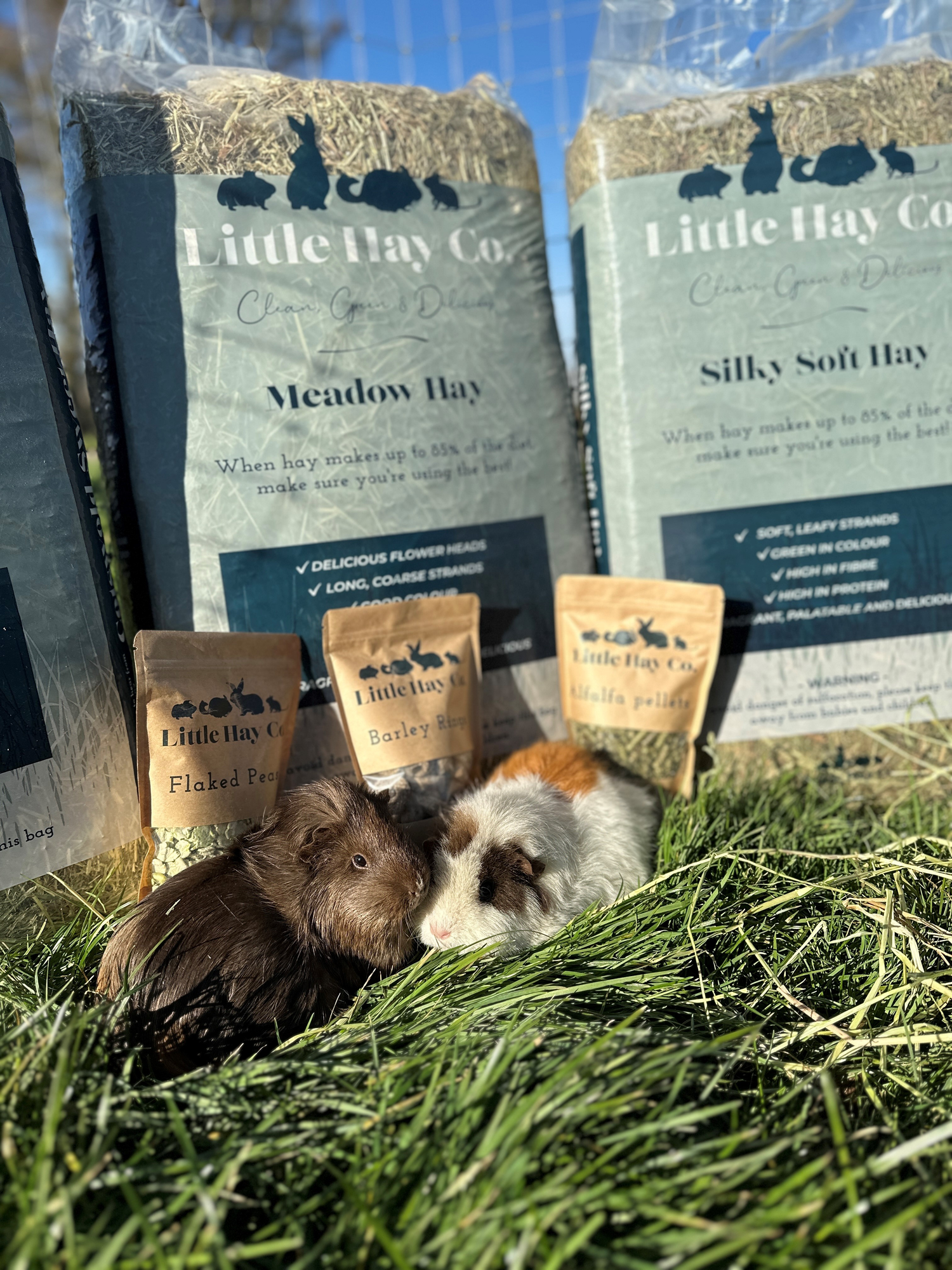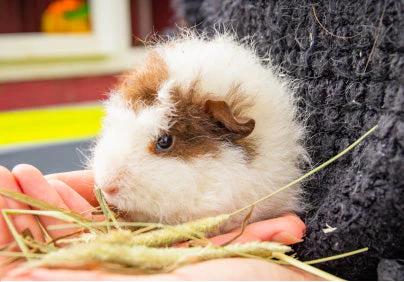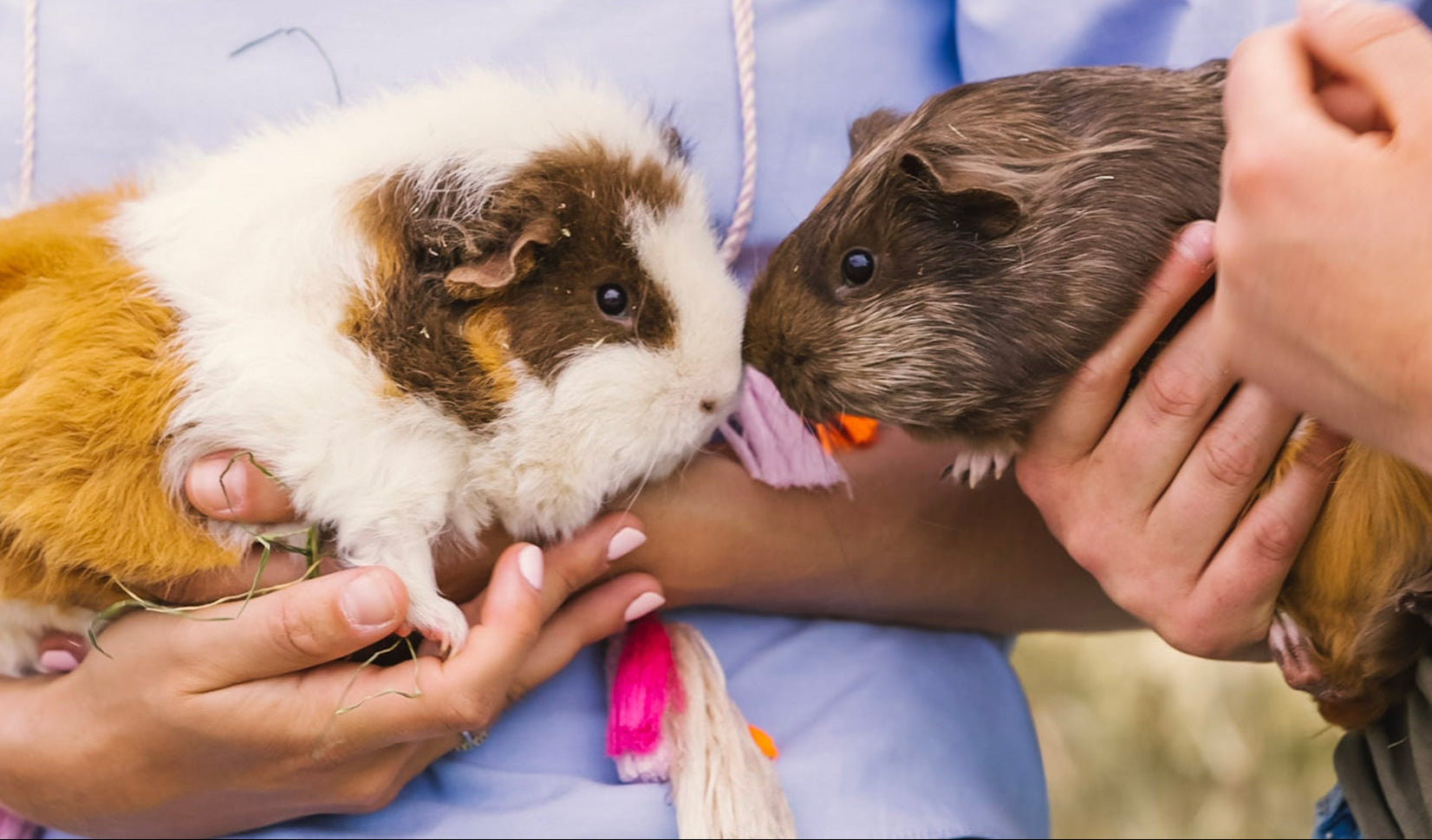
If you are a carer or guardian for a rabbit or two you will have heard the dreaded term GI Stasis. It is what very bun parent dreads and work hard to avoid it in our pets. But what can we do? From avoiding an episode to noticing the signs, we are going to cover everything on GI Stasis!
What Does GI Stasis Stand for?
GI Stasis is a short term for Gastric Stasis.
What is GI Stasis?
GI Stasis is when your buns digestive system slows down or stops functioning. Rabbits have a unique and complex digestive system which needs to keep moving and processing at all times, it is one of the reasons they need continual access to hay and only sleep for small periods of time. Their bodies need to be active continually to help keep their digestive system moving and they need to be eating and pooping regularly throughout their day to ensure their system continues to move. When a rabbits digestive system slows down, it can cause gas build up and bacteria build up in the buns intestines. This is painful and leads to the bun refusing to eat or drink which them makes they symptoms worse. If the episode persists or worsens, it can result in toxins being released in the gut making the rabbit feel more ill.
What are the signs and symptoms of GI?
* Bloating
* Loss of Appetite
* Hunched Posture
* Smaller than usual Faecal Pellets
* No Faecal pellets at all or reducing poos, string poos or smaller poos. Poos are key - check them regularly!
* Lethargy
If you are concerned or see any of these symptoms in your pet, we initially suggest tummy massages, close monitoring and encouraging your pet to eat more hay or natural forage (avoid treats) and keep offering water. Dehydration can cause further issues as it can cause any blockage or food inside your bun to become compacted making it harder to poo and restart the digestive system.
What are the causes of GI?
GI Stasis can be caused by a multitude of different factors, from existing medical conditions to a poor diet. A build up of gas in the stomach and intestines is avoidable with a high fibre diet in most cases, high carbohydrate (sugar) diets can lead to a GI stasis episode however other causes can include genetics and lack of - so lets cover some of the possible causes.
Existing Medical Conditions - If your bun has issues with their teeth, an infection in their ears or something else that is causing them pain or discomfort it can lead to a GI Stasis episode. An untreated illness can cause stress and discomfort to a pet which can lead them to go off their food and result in their digestive system slowing down. It is especially important to keep an eye on your rabbits eating habits and check their teeth regularly, a rabbits teeth grow continuously and if they going unevenly or "spur" this can cause such discomfort that they avoid their hay which will result is a poorly bun.
Poor Diet - A rabbits diet should be made up of 85% hay! Any hay which is high in fibre such as Timothy, Meadow or Rye Grass are good to feed as a daily feeding hay for your pet.These hays vary in sugar content ranging from 8%-11% sugar content. This is relatively low and combined with the hays high fibre content will not be a cause or contributor to poor gut health. Fibre is key to keeping your rabbits gut moving and while it can be tempting to feed them extra hay based treats, pellets or fruit these can often cause problems if fed in too high quantities. Compacted feeds such as pellets can be hard for your pet to process and digest, particularly if they are dehydrated so it is important to keep pellets to a maximum of 5% of their diet. GI Stasis occurs when a pets diet is too high in carbohydrates from pellets, fruit and vegetables so keeping an eye on portion control is key.
We have always recommended feeding multiple hays to your pet, we understand hay can become bland and boring for your rabbit so giving them variety and choice will ensure they keep eating it. Each hay variety has it's own smell, taste and texture which is great for giving them a balanced diet and would be more reflective of how their wild cousins forage in the wild!
Lack of Exercise - Lack of exercise and activity can lead to a GI episode. It is important that your bun has enough space to jump, hop and explore. The minimum housing standards with most rescues and the RWAF is 3m x 2x by 1m high. We cannot stress enough that a hutch is never enough for a rabbit. A lack of exercise will lead to a decrease in gut mobility. You can help encourage movement by changing your pets set up regularly, setting up enrichment activities or allow them free roam time. 
Over Grooming - Hairballs were once thought to cause GI stasis, but we now know they’re actually a result of a rabbit’s digestive system slowing down. Rabbits are meant to groom themselves and will do this regularly as part of their natural instincts. They will have hair within their digestive system, and usually this passes through with no issues. But when a rabbit’s digestive system slows, this hair can cause an impaction. You can help your bun keep a tidy coat and decrease the amount of hay in their system by grooming them regularly, rabbits will molt more during Spring and Summer so additional grooms from their guardian will be good for their gut (although they might not thank you for it!)
Genetics
Husbandry and Hereditary factors will also play a roll in the lottery that is GI Stasis. Some buns will simply be more prone to tummy upset due to their genes, generations of over breeding and inbreeding to get the "desired traits" of certain breeds of rabbit have meant that while you might have a bun that has the perfect ears and pawsies they might have less desirable traits which are not so obvious to the naked eye. It is no fault of the buns or the bun parents but these rabbits will need more help to keep their gut health stable and on track for a long and happy life.
So how do we avoid an episode? We think the general message is moderation is key! Regular exercise, consist access to a mix of fresh, spore free hay, keeping treats and pellets down to a maximum of just 5% of their diet a day total and helping with their daily grooming will all help ensure a healthy gut and a healthy bun. You know your pet best, keeping an eye on their behaviour, eating habits and activity will help you keep ahead of any potential health crisis.
Treating GI Stasis
If you notice the early stages of GI Stasis at home you can try to get ahead of it by helping to get your rabbits moving, belly massages, encouraging them to eat hay for dried forage and encouraging drinking. A treat test is often a good way to see if it is a GI episode, if you offer a treat and they don't want it you are almost certainly in GI and need to see a Rabbit savvy, exotic vet asap, GI stasis can be fatal - early diagnosis and treatment is crucial.
Once at your vets, they will confirmed your rabbit is suffering from GI stasis and a range of treatment options will be offered, including:
- Fluid therapy to aid re-hydration
- Nutritional support if your rabbit isn’t eating
- Pain relief
- Mobility medication to stimulate the digestive tract
- Antibiotics
- How to Quickly Detect GI Stasis in Rabbits (and what to do about it) (bunnylady.com)
- Your ultimate guide to gastrointestinal stasis in rabbits | Petplan
- Basic Rabbit Healthcare | Blue Cross
- Gut Slowdown | Rabbit Welfare Association & Fund (RWAF)













